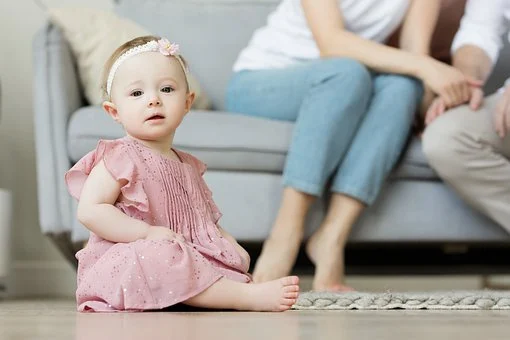Let’s talk about cognitive development, or rather the way our children use their brains. In preschool children, the right brain is more dominant. Therefore, they think without being bound by the rules and say whatever comes to their mind or they want to do it. (If you remember, we talked about the fact that our children should listen to their inner teacher until the age of three.) When your child reaches primary school age, he will be able to use his left brain more and develop more logical and rule-based thinking skills. When they use their left brain effectively, they begin to perform more intelligently, use language better, and perceive reality more successfully. It is very important for our children to use their right and left brains in a coordinated way. At this young age, it is important that you and later on, your teachers, make children do activities that will make the right and left brain hemispheres work together at every opportunity. In this respect, activities performed by crossing the right and left arms (crossing the line, that is, crossing the midpoint of the body) at young ages are important in this respect. In our Kidokit application, there are different activity examples that encourage the coordinated work of the right and left brain.
When your baby is a little older, activities such as playing the piano and drums, touching the right foot with the left hand, or imitating a certain movement and describing a movement will also be beneficial in this sense. It is possible to find many similar activities for different age groups in our application. If you want to learn more by reading a book on this subject, you can read the book “The Boy with the Whole Brain” by Daniel J. Siegel and Tina Payne Bryson, which entered the New York Times bestseller list. “The rate at which the brain matures often depends on the genes we inherit,” Siegel and Bryson write in their book. But the level of integration depends entirely on how we as parents affect our child every day.” According to the authors, “an integrated brain enables a person to make better decisions, better control their body and emotions, better understand themselves, build stronger relationships, and be successful in school. And it all starts with the experiences of parents and other caregivers that lay the foundation for integration and mental health.
